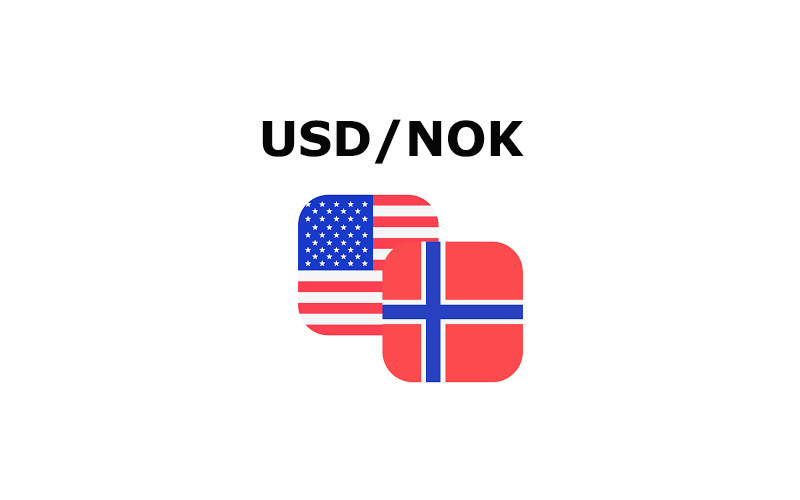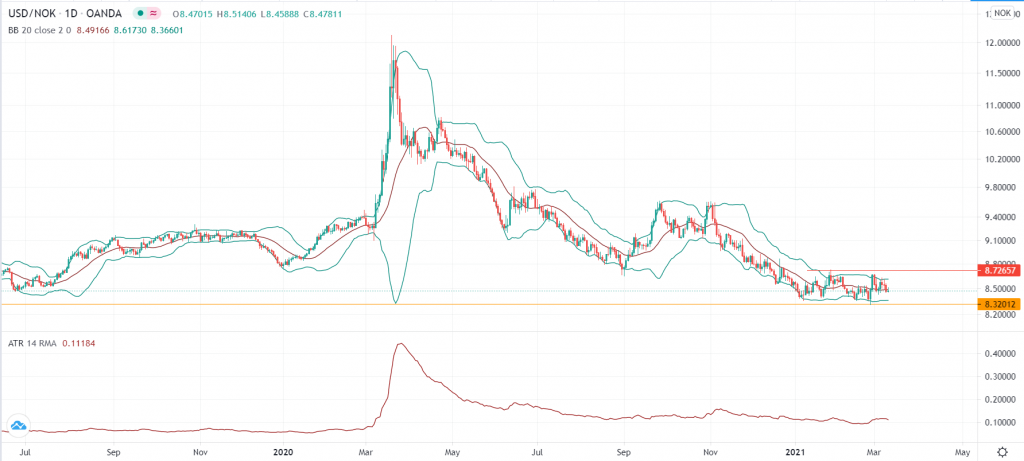
The USD/NOK is hovering near the lowest level since November 2018 as investors reflect on the Norwegian economy resurgence and higher oil prices. It is trading at 8.4700, which is a few pips above the year-to-date low of 8.3200.
Norway’s economic rebound
After struggling in the first and second quarters of last year, the Norwegian economy has been bouncing back. The economy rose by 5.3% in the third quarter and by 0.6% in Q4.
The trend growth trend seems to be continuing in the first quarter according to the latest flash data. For example, data released last week showed that the country’s manufacturing PMI increased to 56.1 in February from 52.5 in the previous month. This was its best reading since April 2019.
On Wednesday, data by the country’s statistics agency showed that consumer and producer inflation was bouncing back. In total, the headline consumer price index (CPI) rose by 3.3% in February on an annualized basis. Similarly, the producer price index rose by 9.7% in February, helped by higher crude oil prices.
These numbers are important for the USD/NOK pair since the Norwegian Central Bank was the first major bank to hint at higher interest rates. In its most recent decision, the bank said that it would likely hike this year. That decision would be good for the Norwegian krone since higher rates would attract more foreign investors. The Norges Bank will deliver its interest rate decision next week.
Oil prices have provided support
The USD/NOK has declined mostly because of the strength of the Norwegian economy. This trend is partly because the country had fewer coronavirus cases than most countries.
Also, Norway has a $1 trillion sovereign wealth fund. To deal with the crisis, the government borrowed money from the fund and used it to support businesses and individuals. Like all central banks, the Norges Bank also slashed rates to support the economy.
Most importantly, the price of crude oil has been supportive of the country’s economy. This week, the price of Brent crude jumped to $71, the highest level in more than two-and-a-half years. Similarly, the price of West Texas Intermediate (WTI) rose to $68, which is remarkable since the price declined to minus $38 in 2020.
Higher crude oil prices are a positive thing for the Norwegian economy because it is the biggest oil exporter in Western Europe. It produces millions of barrels every day and exports most of it. Therefore, when oil prices rise, the country usually benefits because it brings more foreign exchange.
The price of oil could continue rallying in the near term because of several reasons. First, OPEC and its allies have decided not to increase production in April. This measure could provide more stability for oil prices. Second, while the US is increasing production, the pace of this increase is relatively slow. For example, the number of active rigs today is almost half where they were in March last year. Third, the new $1.9 stimulus in the United States will help to support demand.
USD/NOK outlook

The USD/NOK price has been on a sharp downward trend in the past few months. However, recently, it has found some support and formed a small channel. The price is also along the middle line of the Bollinger Bands indicator, while the Average True Range (ATR) has declined. Therefore, in the near term, there is a possibility that the pair will break out lower.








Leave a Reply